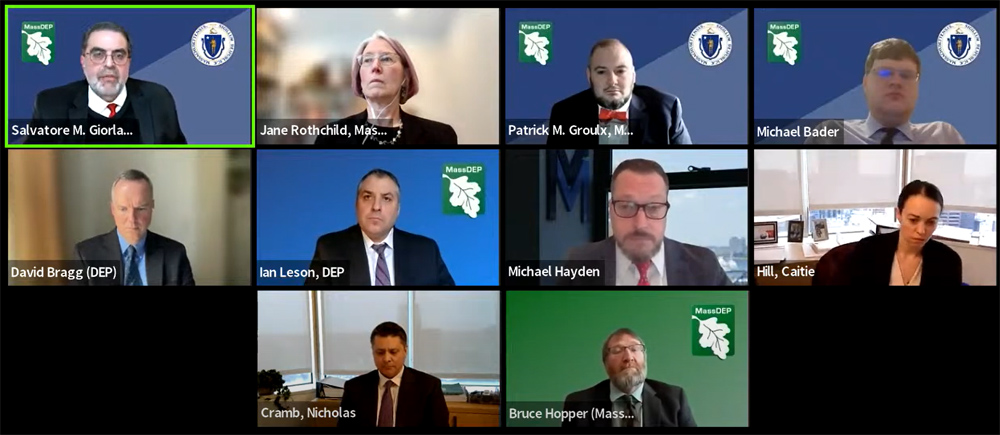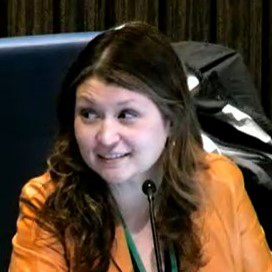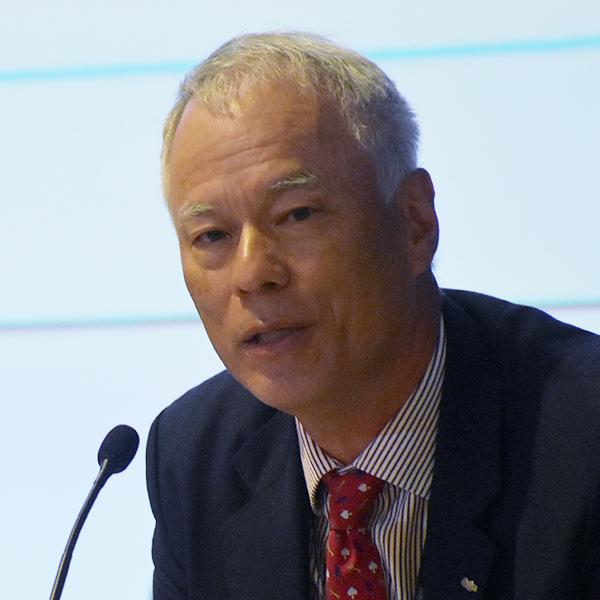PALO ALTO, Calif. — Communities historically excluded from decisions around energy use must be given a much greater role in the transition to a cleaner energy system, according to academics, researchers and power industry officials at the California Energy Commission-Stanford Energy Innovation Summit held Jan. 29-30.
Summit panels centered on the kickoff of a CEC-led initiative, in collaboration with Stanford University and other research partners, called the Equitable, Affordable and Resilient Nationwide Energy System Transition — or EARNEST. The new university consortium is funded by the U.S. Department of Energy and designed to link university researchers with local and federal efforts to decarbonize the grid over the next five years.
While panels covered a variety of topics, including state regulatory challenges, university and government partnerships, and solutions for remote grids, there was consensus among participating researchers and industry officials on the need for a more equitable transition drawing on the knowledge and perspectives of traditionally underrepresented communities in the U.S., such as tribes and other communities of color.
“The people who will define what happens in the next half-decade are the communities that are the bellwethers and the guides for their partner institutions, funded through the Department of Energy’s consortium, to try to look for the pathways to an equitable and affordable, resilient, nationwide energy system transition,” said Holmes Hummel, managing director of Energy Equity and Just Transitions at Stanford’s Precourt Institute for Energy.
Wind Power in Rural Alaska
One such community was represented by Chad Nordlum, energy project manager for the Native Village of Kotzebue, a remote city in Alaska’s Northwest Arctic Borough, who spoke during a panel titled “Co-creation of Knowledge of Traditionally Underrepresented Communities.”
Kotzebue has spearheaded renewable energy development for the last 25 years, installing some of the first utility-scale wind turbines in 1997. Tribal communities in Alaska and throughout the nation often rely on diesel generation for power, and wind energy in Kotzebue displaces between 250,000 and 300,000 gallons of diesel fuel each year — around 20% of the city’s annual power needs.
In 2020, the Kotzebue Electric Association (KEA) installed 532 kW of solar power, adding to its goal of producing 50% of the community’s energy from renewable sources over the following five years. KEA is planning for another 500-650 kW of solar and is seeking $2 million to fund the project. To meet its goal, KEA needs to upgrade and expand its system, but tribal nations and other underrepresented communities often lack access to the resources needed to do so, according to Nordlum.
“I don’t think the rollout of renewable energy has been done in an equitable way so far. It’s all based on competitive grants [and] organizations like my tribe … have few capacities to hire grant writers, to hire engineers,” he said. “I think it could be done in a much more equitable way than it’s been done so far.”
Holmes added that the difference in resource capacity between research institutions like Stanford and the communities they seek to partner with represents a stark inequity.
Michael Wara, director of the Climate and Energy Policy Program at Stanford’s Woods Institute for the Environment, agreed, saying it’s important for research institutions to “show up” with resources that allow desired partners to participate.
“Our philosophy has been to try to bring resources to the organizations that we really want to partner with, and that’s a value I would really recommend,” Wara said. “Think creatively about how to bring more to the table than you ask for.”
Inequity in Energy Access
A 2022 report by the Building Energy, Equity and Power Coalition, a group of California-based nonprofits and environmental justice organizations, highlighted that low-income communities of color are often excluded from policy and decision-making around decarbonization. They typically lack information on major projects and developments, have low representation in the workforce and face major cost barriers.
EARNEST is in many ways a listening project designed to engage the communities facing those barriers by seeking to meet people where they are.
“In the electric utility industry, the culture of innovation and inclusion could use more help,” said Gene Rodrigues, assistant secretary for electricity at DOE’s Office of Electricity. “It’s not really all about policies, programs, technology and operations; it’s about people.”
Even as the energy sector attempts to reduce reliance on fossil fuels, some renewable resources still depend on a culture of extraction that most often impacts the low-income communities of color that have made disproportionately lower contributions to the climate crisis, said Mari Rose Taruc, energy justice director with the California Environmental Justice Alliance.
“An extractive economy or approach comes in many ways,” she said. “Are you trying to extract our time and energy to be partners with you? Are you extracting our labor to install these energy systems? Are you extracting from the earth? And what are you giving back?”
As an example, Taruc pointed to a lawsuit recently filed by the nonprofit Comite Civico del Valle to overturn approval of the Salton Sea lithium mining project, claiming it lacked proper environmental review and consideration of potential harm to nearby residents who suffer elevated rates of asthma and heart disease.
If impacted communities aren’t properly engaged, she said, projects will likely run into these types of delays.
Alice Reynolds, president of the California Public Utilities Commission, also noted the cost barrier to accessing renewable energy — and energy at all, for that matter.
“We’re at a point where rates are unsustainable for people. We have about 30% of our customers within the territories of the utilities that we regulate who are on low-income programs,” she said. “We need to think about providing services to everyone.”
Moving Forward
Despite the ever-growing need to rapidly decarbonize and electrify the grid, local communities can’t be “run over” in the process, Wara said.
“If we’re going to actually solve the climate crisis, we need to build a bunch of stuff, and we can’t build it in the way we built it in the 1960s on the back of structural racism,” he said. “The questions that the communities have is the essential start for good work to be done.”


